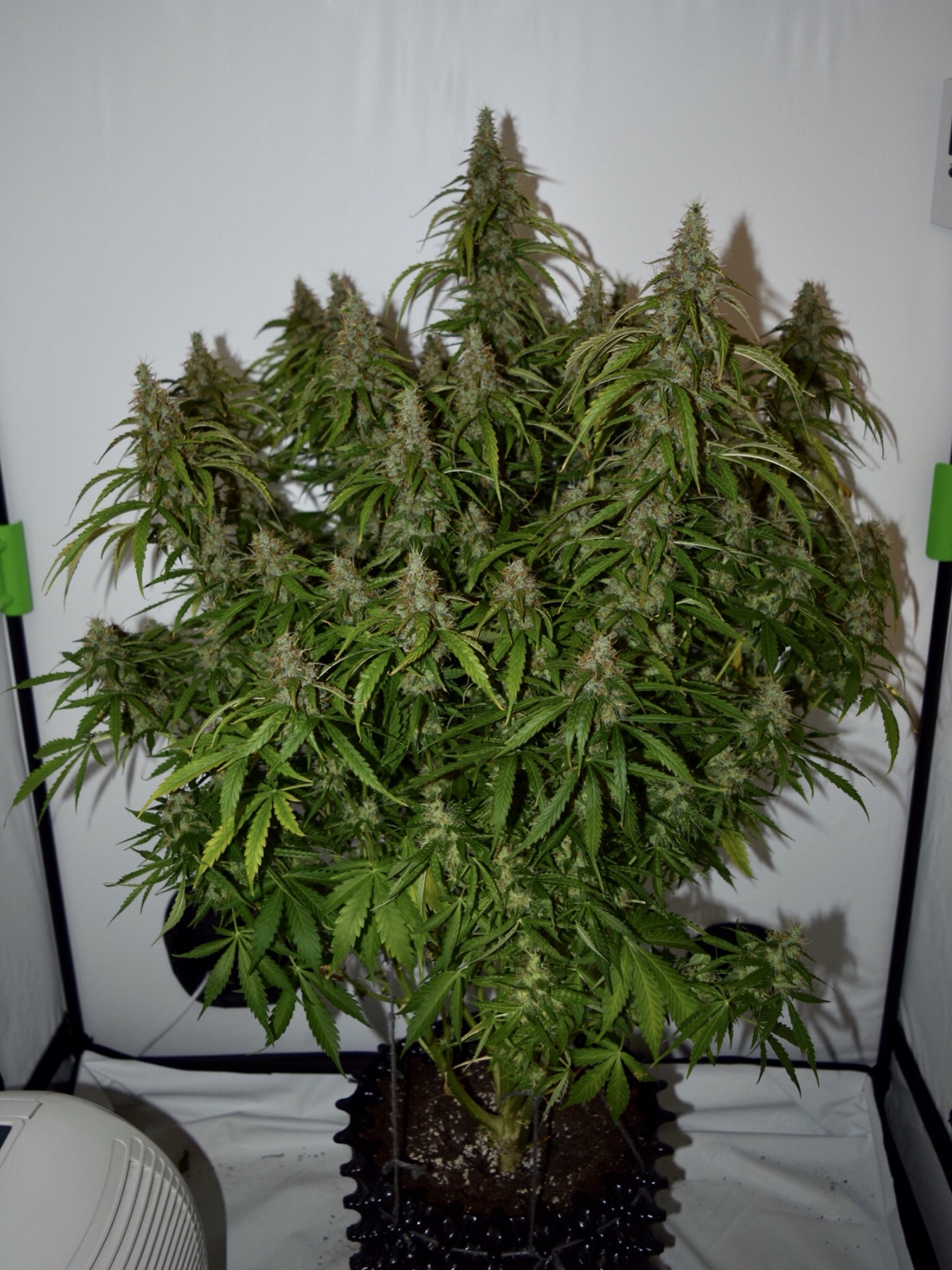Introduction:
Autoflowering hashish cultivation has acquired immense popularity among Canadian growers thanks to its speedy growth cycle and comparatively inconvenience-free nature. However, like any cultivation endeavor, it comes with its own set of troubles. From pest infestations to nutrient deficiencies and environmental stressors, Canadian growers encounter many obstructions on their journey to a prosperous autoflower harvest. In this comprehensive manual, we are going to delve into these problems and supply actionable solutions to ensure a flourishing autoflower hashish crop.
Knowledge Autoflower Cannabis Cultivation:
Autoflowering cannabis strains are prized for their skill to transition from the vegetative phase to the flowering stage mechanically, without having relying on alterations in mild cycles. This exceptional trait lets for quicker harvests and higher overall flexibility in escalating environments. Nevertheless, even with their rewards, autoflowers are not immune to challenges that can impede their progress and enhancement.
Widespread Challenges Confronted by Canadian Growers:
Pest Administration:
Pest infestations pose a substantial threat to autoflower hashish cultivation in Canada, notably in indoor and outdoor options. Widespread pests incorporate spider mites, aphids, thrips, and whiteflies, which can quickly multiply and wreak havoc on your crops.
Answer:
Applying proactive pest administration techniques is crucial for safeguarding your autoflower crop. This features frequent monitoring of vegetation for signs of infestation, introducing advantageous insects like ladybugs and predatory mites, and employing natural pesticides as a previous vacation resort. Furthermore, protecting More Bonuses and cleanliness in your expand room can assist prevent pests from having keep.
Nutrient Deficiencies:
Nutrient deficiencies can come about when autoflowering cannabis vegetation are not acquiring satisfactory amounts of necessary vitamins these types of as nitrogen, phosphorus, potassium, calcium, magnesium, and micronutrients like iron and zinc. Canadian growers may perhaps come across nutrient deficiencies thanks to fluctuations in soil pH, inadequate nutrient absorption, or inappropriate feeding schedules.
Option:
To stop and address nutrient deficiencies, it really is necessary to get started with superior-high-quality soil or nutrient mixes specifically formulated for cannabis cultivation. Routinely take a look at the pH stages of your soil or hydroponic alternative and alter as needed to keep exceptional nutrient uptake. Stick to a well balanced feeding plan using organic or synthetic fertilizers built for cannabis crops, and supplement with micronutrients if vital. Also, incorporating compost teas or organic and natural amendments can improve soil well being and nutrient availability more than time.
Environmental Stressors:
Canadian growers facial area a array of environmental stressors that can effect autoflower hashish cultivation, such as temperature fluctuations, humidity imbalances, mild air pollution, and inclement temperature situations. These stressors can stunt growth, minimize yields, and raise the hazard of disorder and pest infestations.
Solution:
Building a controlled setting is key to minimizing the effect of environmental stressors on your autoflower crop. Indoors, invest in weather control devices these as HVAC devices, dehumidifiers, and supplemental lights to keep stable temperature and humidity amounts in the course of the growing cycle. Outside, take into account using greenhouse constructions or material pots that present some diploma of security from severe weather conditions situations though even now letting for ample airflow and sunlight publicity. Furthermore, using mild deprivation strategies can help control flowering moments and improve yields, especially in areas with shorter developing seasons.
Summary:
Autoflower cannabis cultivation in Canada presents its very own exclusive set of troubles, from pest administration and nutrient deficiencies to environmental stressors. Even so, with good arranging, vigilance, and proactive measures, these problems can be get over to reach bountiful harvests of substantial-high-quality autoflower buds. By utilizing the alternatives and techniques outlined in this guide, Canadian growers can guarantee a productive and gratifying autoflowering cannabis cultivation knowledge, regardless of whether indoors or outdoors. Happy growing!
